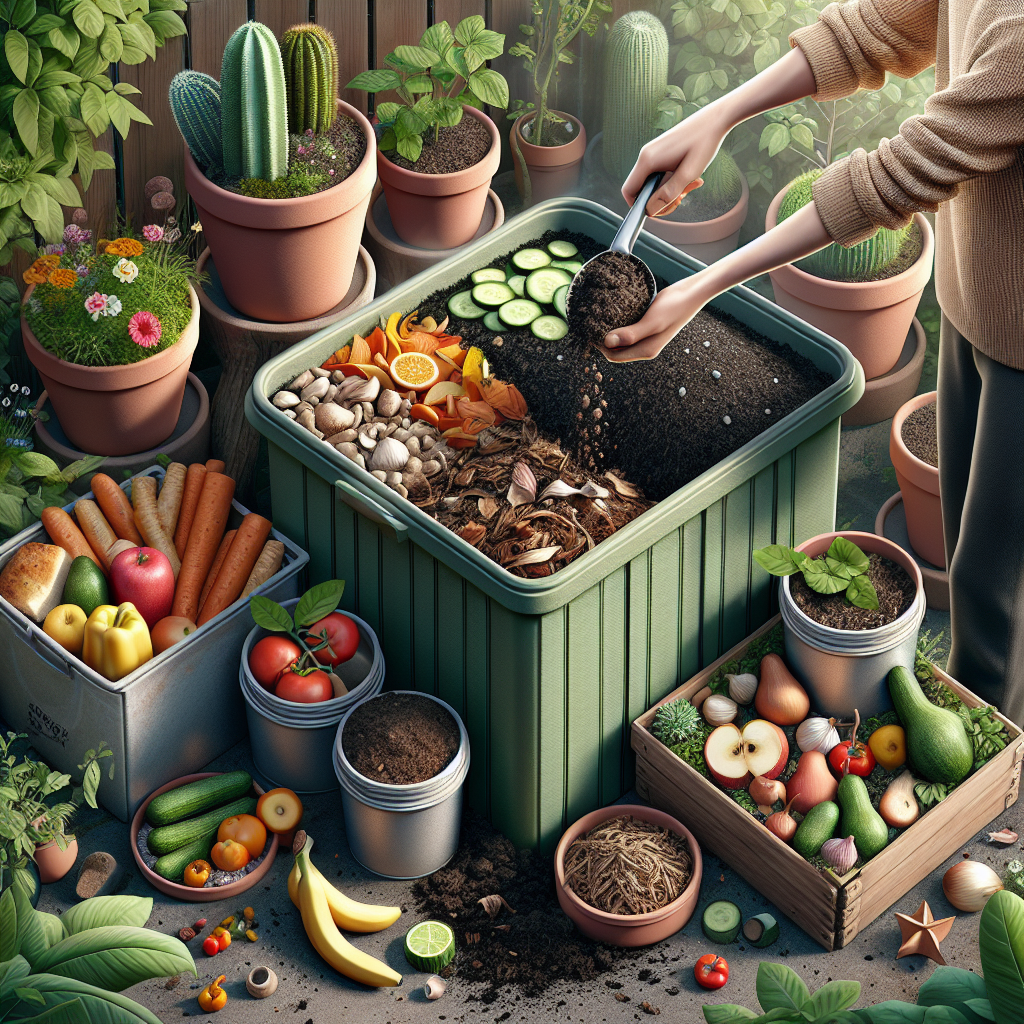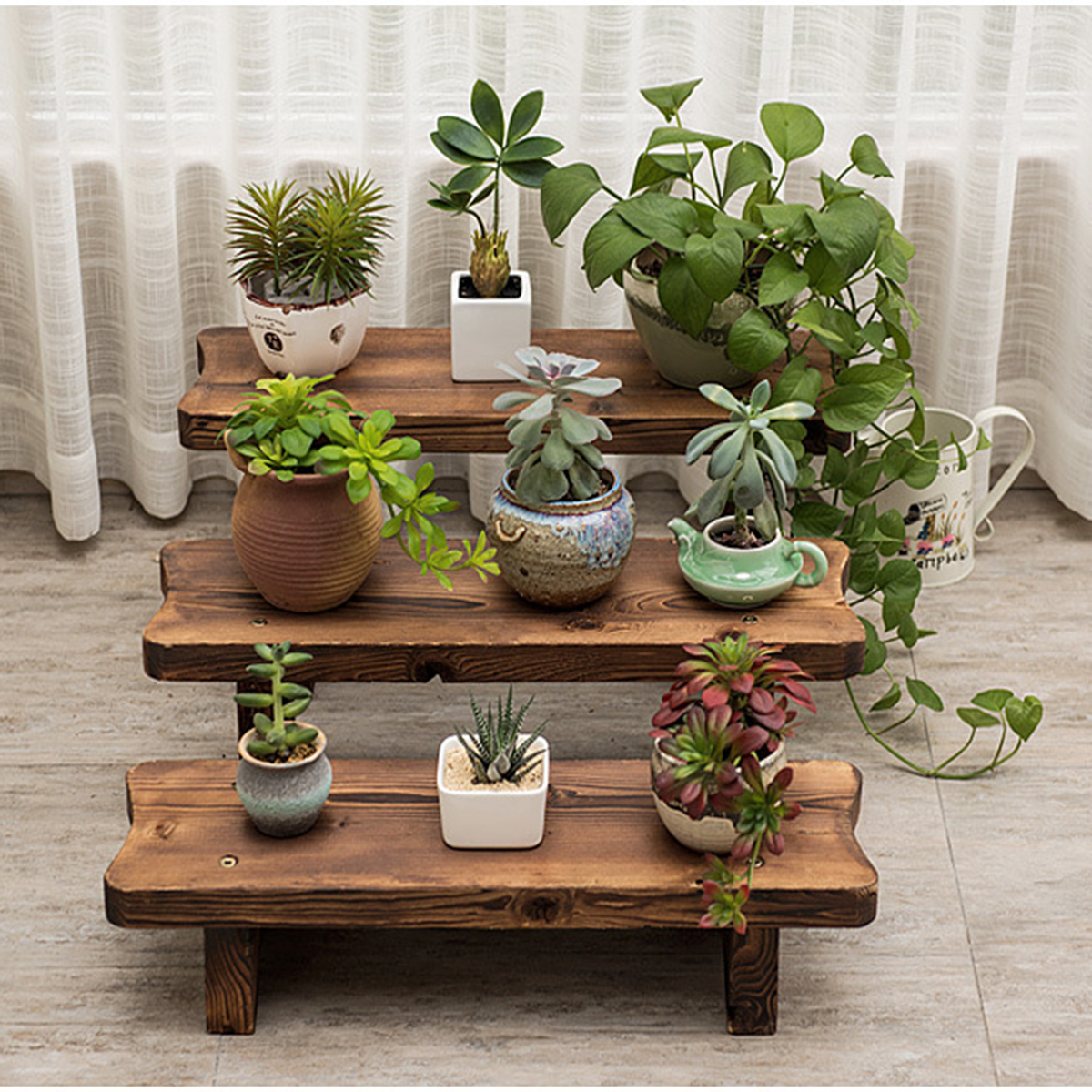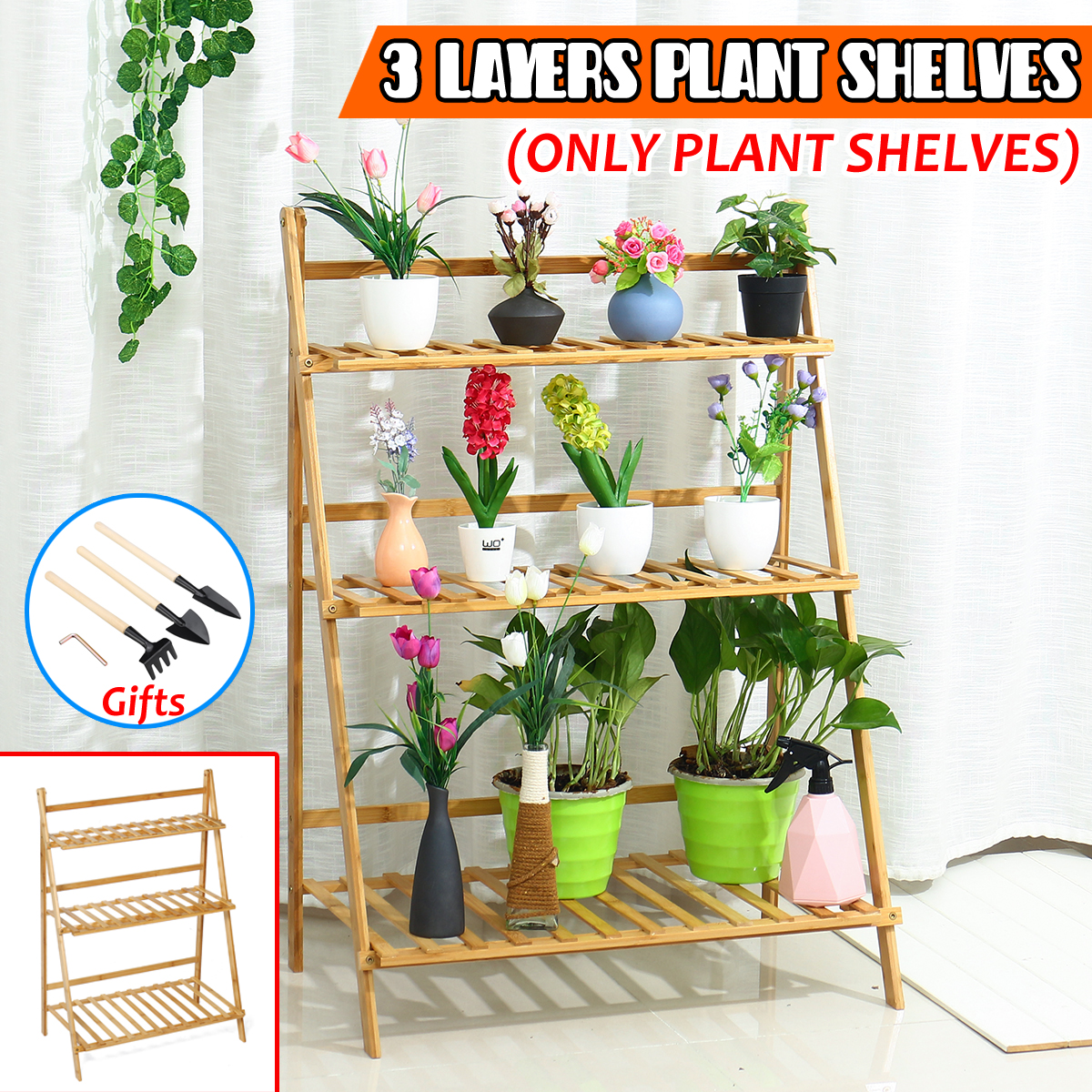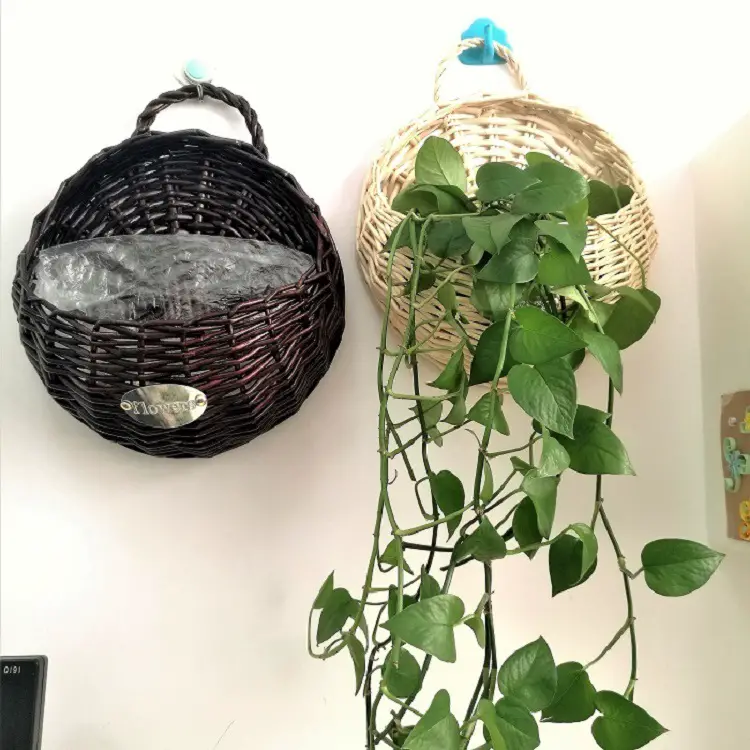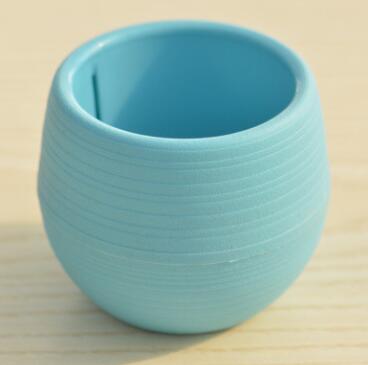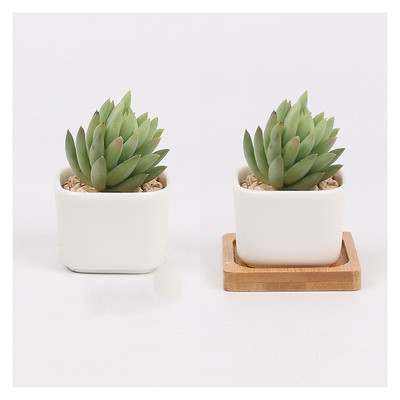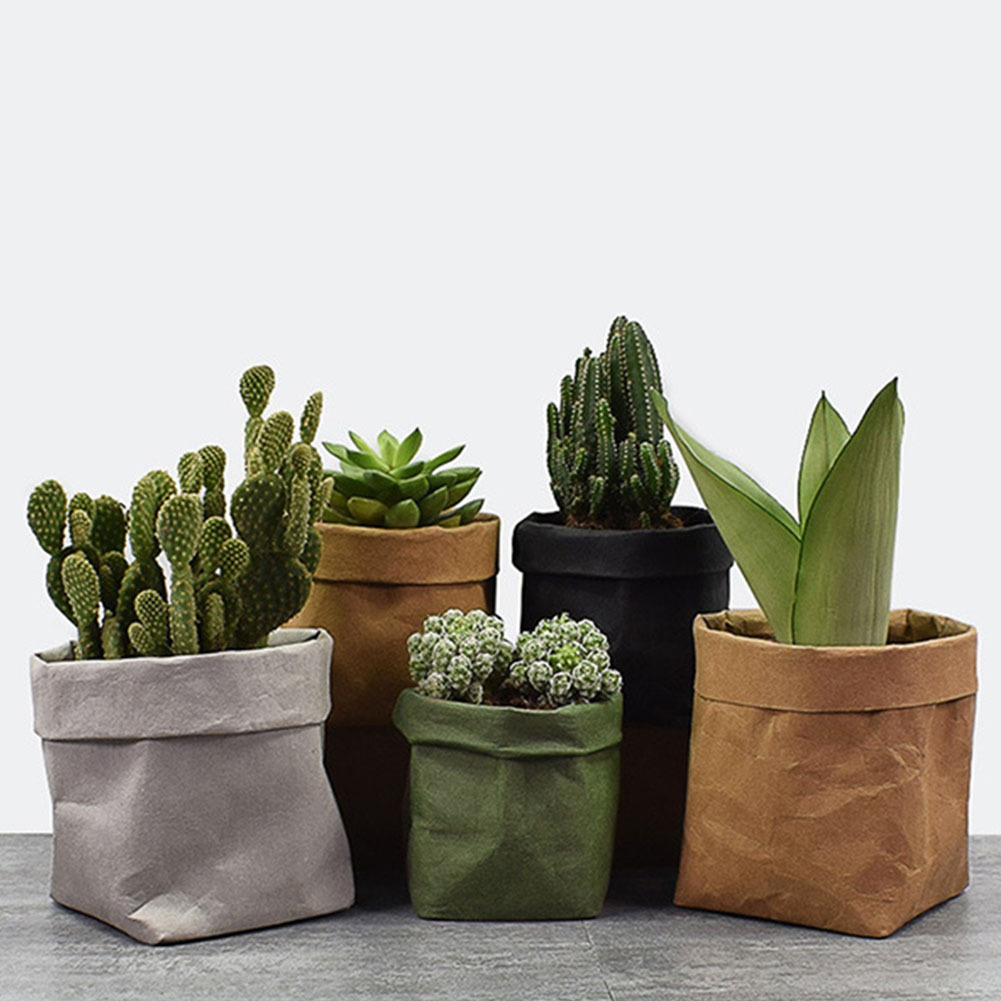Composting Tips to Boost Nutrients in Potted Plants
In recent years, gardening enthusiasts have turned their attention to sustainable practices that not only benefit their plants but also the environment. One practice that has garnered significant attention is composting—an age-old method of recycling organic waste into a rich, nutrient-dense soil amendment. This process is exceptionally beneficial for potted plants, which often rely on nutrient boosts from outside sources to thrive. In this article, we’ll delve into advanced composting techniques, explore the world of container gardening, and even touch on building your own electric table for a more efficient gardening experience.
Understanding the Basics of Composting
Before delving into advanced tips, it’s important to understand composting at its core. Composting involves the decomposition of organic material such as vegetable scraps, leaves, grass clippings, and more, turning them into humus—a dark, nutrient-rich substance. This material can significantly enhance the soil’s structure, improve its water retention, and provide essential nutrients for plant growth.
The Science Behind Composting
Composting is a natural process driven by microorganisms, such as bacteria and fungi, which break down organic material. These microorganisms require four critical components:
- Carbon: Often found in dead leaves, branches, and twigs, carbon is the energy source for microorganisms.
- Nitrogen: Found in green materials like grass clippings or vegetable scraps, nitrogen is crucial for growth and reproduction in microorganisms.
- Moisture: Water is essential for maintaining microbial activity and facilitating the breakdown process.
- Oxygen: Adequate aeration is vital for decomposition, as it supports aerobic bacteria, which are the most efficient decomposers.
Balancing these components can significantly impact the efficiency and quality of your compost.
Advanced Composting Tips for Potted Plants
While basic composting principles apply universally, potted plants have unique requirements. The following tips will help ensure that your compost provides maximum benefits for container gardening:
1. Tailoring Your Compost
Potted plants are often more sensitive to nutrient fluctuations than garden beds. Therefore, it’s crucial to customize your compost to meet the specific needs of your plants. For example, compost with higher nitrogen content is beneficial for leafy vegetables, while fruiting plants like tomatoes may benefit from higher potassium levels.
2. Vermicomposting: Taking it to the Next Level
Vermicomposting involves using worms, typically red wigglers, to decompose organic waste. This method accelerates the composting process and enhances the nutrient profile of the final product, making it ideal for potted plants. Vermicompost is particularly rich in nitrogen, phosphorous, and potassium, which are essential for healthy plant growth.
3. Composting with Coffee Grounds
Coffee grounds are a fantastic addition to compost for potted plants. They provide a quick-release nitrogen source and help improve soil structure. However, it’s important to use them sparingly, as excessive coffee grounds can lead to acidic soil, which may not be suitable for all plants.
4. Using Compost Tea
Compost tea is a liquid form of compost that acts as a nutrient-rich plant tonic. To make compost tea, steep a small bag of compost in water for several days. The resulting liquid can be diluted and used to water your potted plants, delivering nutrients directly to their roots for an extra boost.
Discover the Delights of Container Gardening
Container gardening has become increasingly popular due to its versatility and accessibility. It allows gardeners with limited space to grow a wide variety of plants, from flowers and herbs to vegetables and fruit-bearing trees. A vital part of successful container gardening is ensuring that plants receive adequate nutrients, which is where composting plays a significant role.
Benefits of Container Gardening
- Space Efficiency: Container gardening is ideal for urban environments where space is limited. It allows gardeners to make the best use of available space, whether it’s a windowsill, balcony, or patio.
- Mobility: Containers can be easily moved to optimize sunlight exposure and avoid harsh weather conditions.
- Pest Control: Container gardens are generally less susceptible to soil-borne diseases and pests. Moreover, they can be elevated to deter crawling insects.
- Customizable Soil Mixes: Gardeners have full control over the soil quality, allowing for the precise adjustment of nutrient levels to suit specific plant needs.
Selecting the Right Containers
When choosing containers, consider the following factors:
- Material: Containers can be made from a variety of materials, including plastic, ceramic, metal, and wood. Each material has different heat retention and moisture retention capabilities.
- Size: The size of the container should match the plant’s size and root growth potential. Overcrowded roots can lead to poor plant health.
- Drainage: Proper drainage is essential to prevent root rot. Ensure containers have adequate drainage holes.
Integrating Compost into Container Gardening
Compost is integral to container gardening, as it enriches the potting mix, improves water retention, and supports beneficial microbial activity. Here are a few ways to incorporate compost into your containers:
- Potting Mix: Mix finished compost with regular potting soil in a 1:2 ratio to create a nutrient-rich growing medium.
- Top Dressing: Apply a thin layer of compost on top of the soil in your containers, allowing nutrients to gradually seep down to the roots.
- Transplanting: When transplanting, add a handful of compost to the planting hole to provide an initial nutrient boost.
Building Your Electric Table for Composting and Gardening
Incorporating technology into gardening can revolutionize the way gardeners manage their spaces. One such innovation is building an electric table as a dedicated composting and gardening workstation. This table can be equipped with features to streamline and enhance your gardening efforts.
Designing the Electric Table
Your electric table can be customized to meet your specific needs, but some standard features include:
- Integrated Power Outlets: To power gardening tools and charge electronic devices.
- Temperature Regulation: Built-in heating pads can maintain optimal temperatures for composting or seed germination, especially during colder months.
- Lighting Systems: LED grow lights can be installed for supplementary light, particularly in indoor settings.
- Irrigation System: Automated watering systems can ensure consistent moisture levels for plants and compost.
Benefits of an Electric Table
- Efficiency: Combining multiple functions in one dedicated space makes gardening and composting more efficient.
- Convenience: An electric table reduces manual labor, such as watering and temperature regulation, allowing more time for other gardening tasks.
- Increased Productivity: By streamlining processes, electric tables can result in healthier plants and faster composting cycles.
Troubleshooting Common Composting Issues
Even experienced gardeners encounter challenges with composting from time to time. Here are solutions to some common problems:
1. Compost Not Heating Up
- Solution: Ensure a balanced carbon to nitrogen ratio and adequate moisture. Aerate the pile to boost oxygen supply.
2. Foul Odors
- Solution: Bad smells usually indicate too much nitrogen or excess moisture. Add more carbon-rich materials and turn the compost to improve aeration.
3. Compost Too Dry
- Solution: Gradually add water and green materials to restore moisture balance.
4. Unwanted Pests
- Solution: Avoid adding meat or dairy, which attract pests. Keep the compost covered and maintain proper carbon-rich layers to deter them.
The Impact of Composting on Potted Plant Health
Healthy compost can transform your container garden, offering numerous benefits for plant growth and resilience.
Enhanced Nutrient Profile
Compost is rich in essential nutrients like nitrogen, phosphorus, and potassium, which support plant development.
Improved Soil Structure
The addition of compost improves soil structure, enhancing both air and water retention, which is crucial for container plants restricted by pot boundaries.
Disease Resistance
Plants grown in compost-enriched soil often exhibit increased resistance to diseases and pests due to improved plant vitality and beneficial microbes.
Conclusion
Embracing composting as part of your container gardening regimen can lead to healthier, more productive potted plants. By understanding advanced composting techniques and integrating these practices into your gardening routine with the use of modern innovations like electric tables, you can harness the full potential of your urban oasis. Whether you’re a seasoned gardener or a beginner, these strategies will set you on the path to achieving vibrant, thriving plants in any setting.


